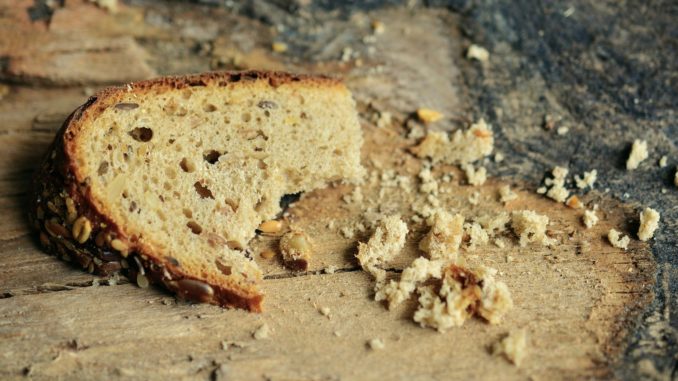
A snapshot poll by National Education Union members has found that there has been in a growth of child poverty and its visibility within schools and colleges
The poll found that:
- 62% of respondents have witnessed an increase in child poverty in their school or college since 2015.
- More than a third of respondents told us they have bought food for pupils who cannot afford it (36%), school equipment e.g. stationery (57%), and even items of school uniform (21%).
When asked to describe the visible effects of child poverty on the pupils and students they teach, members said:
- 62% have seen an increase in hungry pupils since 2015. This is the overall figure – amongst primary school teachers, it rises to 71%.
- 74% have seen an increase since 2015 in the numbers of children without the appropriate uniform, or a uniform in need of replacing. This rises to 81% amongst primary school teachers.
- Respondents have also seen a rise in the numbers of children without correct school equipment (64% overall), who are dirty or unwashed (58%), who are unable to participate in school trips and clubs (56%) and, most shockingly, keen to cover up details of their homelife (42%).
Comments included:
“More children coming to school hungry and thirsty, worse after a weekend.”
“Children begging other students for food.”
“More children not having eaten, some for days.”
“I teach in a very deprived area. Most of our children don’t have food at home. They are entitled to free school meals but this is the only meal they eat in 24 hours.”
“More families are accessing the food bank and asking for support through breakfast and teatime clubs.”
“We have provided uniform to many children who are unable to pay for it. We pay for shoes too. We have even provided shampoo and basic toiletries to students.”
“Cuts to breakfast club because of cuts to budget.”
“Children without coat or with ill-fitting clothes. Children with ill-fitting shoes.”
“Children with ripped shoes, unclean, tired and thin.”
“Also increased mental health issues and inability to access services.”
“Children with bed bug infestations, rats in their homes.”
“Less and less school contributions for trips, events, fundraisers, families getting into debt with school dinner payments.”
“They just don’t have the money at home and they’re telling us like it’s normal. It’s so sad.”
When asked to choose the most effective approach to alleviating the effects of child poverty, respondents chose by a very clear margin – 47% – improvements to family support services (e.g. Sure Start). They also identified reforms to Universal Credit and better access to child benefit (20%), improvements to local job opportunities (15%) and local youth services (11%).
Members responded to the survey in the context of:
- In 2016/17, 4.1 million children were living in poverty in the UK, an increase of 100,000 on the previous year.
- 30% of children – or 9 children in a classroom of 30 – are trapped in poverty.
- Work does not provide a guaranteed route out of poverty: 67% of the 4.1 million children in poverty have at least one parent in work.
- More than 500 children’s centres closed between 2010-18.
Commenting on the survey, Kevin Courtney, joint general secretary of the National Education Union, said:
“Teachers on the front line know only too well the effects of child poverty, as the harrowing results of this survey demonstrate. It is a sadly familiar tale, but we must not grow immune to hearing it. For every child teachers and school staff know of with broken shoes or who has not eaten, we can be sure there are many more in their school. This is the reality of austerity, and it is lived by too many children and their families each day.
“This election must be about more than Brexit. Enabling the next generation is surely a priority to every voter, and in that we must tackle the scourge of child poverty as a matter of urgency.
“The government is so insensible to child poverty that it has allowed it to grow unhindered. The scrapping of the Child Poverty Act in 2016 was a reckless act. It points to a deep state of denial about a mess of the government’s own making.”
Don’t forget to follow us on Twitter, like us on Facebook, or connect with us on LinkedIn!

Be the first to comment